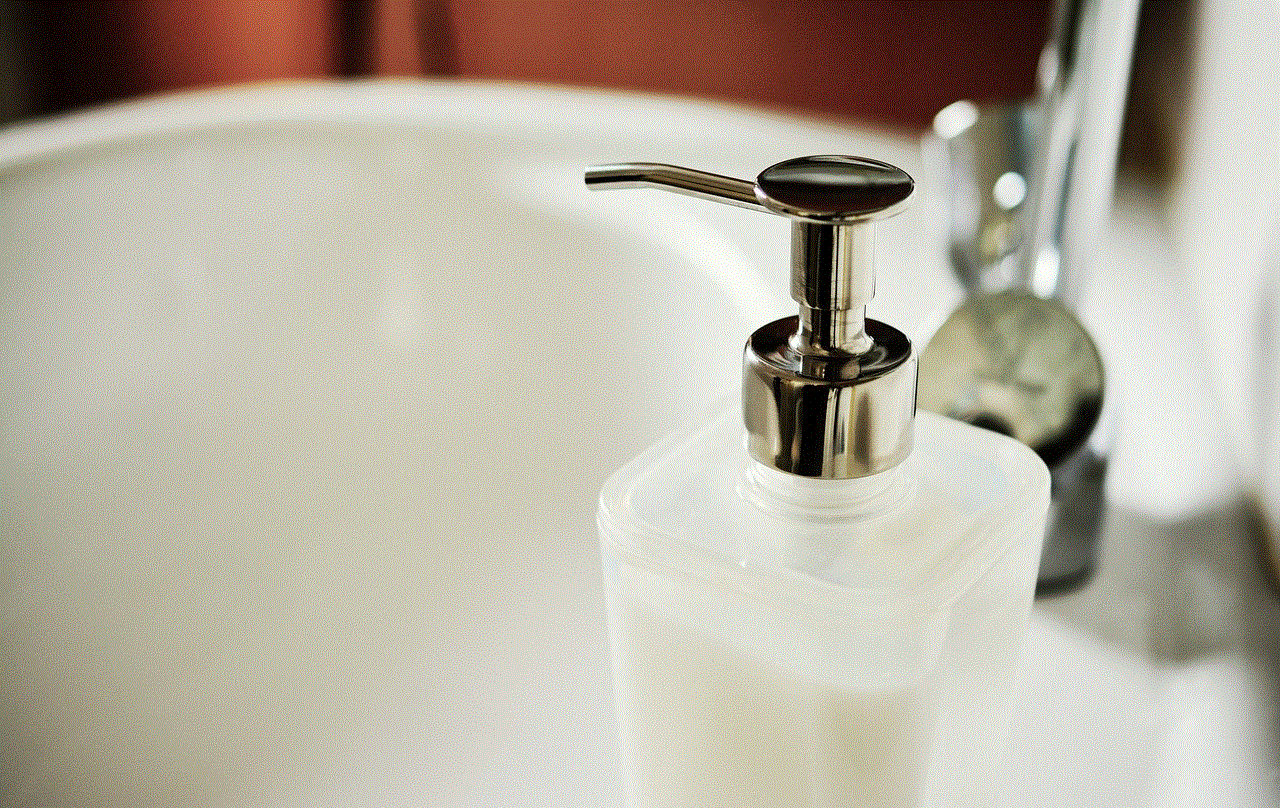numbers for kids to call
For most children, the concept of phone numbers is a bit of a mystery. They see their parents or older siblings punching in a series of digits and magically being connected to someone on the other end. But what do these numbers actually mean? And why are there so many different ones? As parents, it’s important to teach our kids about phone numbers and the different types that exist. It’s also important for them to know some emergency phone numbers they can call in case of an emergency. In this article, we’ll dive into numbers for kids to call and why they are important.
First, let’s start with the basics. A phone number is a series of digits used to connect one telephone line to another. It’s basically like an address for your phone. Just like how your home has an address, your phone has a number that identifies it and allows others to reach you. Phone numbers are typically made up of 10 digits, but in some countries, they may be longer or shorter. In the United States, the first three digits of a phone number represent the area code, which corresponds to a specific geographic region. The next three digits are the exchange code, which identifies the specific telephone exchange in that area. The final four digits are the line number, which is unique to each individual phone line.
Now that we understand the basics of phone numbers, let’s take a look at some of the different types of numbers for kids to call. The most common type of phone number is a landline number, which is associated with a physical phone line. These are the numbers that are typically found in homes and businesses. Landline numbers are usually associated with a specific address, so they are not portable and cannot be moved to a different location. This is why when you move to a new home, you are assigned a new landline number.
Another type of phone number is a mobile or cell phone number. These are the numbers associated with our smartphones and are becoming more and more popular as our primary means of communication. Unlike landline numbers, mobile numbers are portable, meaning you can take them with you if you move to a different area. Mobile numbers also have a different area code system than landline numbers, with the first three digits representing the mobile network operator and the following four digits representing the subscriber number.
In addition to landline and mobile numbers, there are also toll-free numbers. These are numbers that begin with 800, 888, 877, or 866 and are typically used for businesses and customer service lines. These numbers are free for the caller and are often used for promotions or customer support. There are also premium-rate numbers, which are used for services such as chat lines or horoscopes. These numbers begin with 900 and can charge a higher rate per minute than a regular phone call.
Now that we understand the different types of phone numbers, let’s talk about some important numbers for kids to know. The most important number for kids to know is 911, which is the emergency number in the United States. This number should only be used in case of an emergency, such as a fire, medical emergency, or crime in progress. It’s important for kids to know their full name, address, and phone number in case they need to call 911.
In addition to 911, there are also other important numbers for kids to know, such as the number for poison control (1-800-222-1222) and the number for the National Suicide Prevention Lifeline (1-800-273-8255). These numbers can be used in case of an emergency or if a child needs to talk to someone about a serious issue. It’s also important for kids to know their parent’s phone numbers, as well as the numbers of other trusted adults they can call in case of an emergency.
Aside from emergency numbers, there are also numbers for kids to call for fun and learning. Many companies have created toll-free numbers that kids can call to hear stories, jokes, and even educational content. For example, the National Geographic Kids hotline (1-877-878-8646) allows kids to call and hear fun facts about animals, while the Disney Princess hotline (1-877-70-DISNEY) lets kids hear stories from their favorite princesses. These numbers can be a fun and interactive way for kids to learn and play.
It’s also important for parents to teach their kids about the importance of not giving out their personal phone number to strangers. Children should be wary of any online or in-person interactions where someone is asking for their phone number. It’s important to have an open and honest conversation with your child about the potential dangers of sharing personal information online or with strangers.
Lastly, it’s important to teach kids about proper phone etiquette. This includes answering the phone politely, speaking clearly and respectfully, and ending the call politely. Kids should also understand the importance of not making prank calls or misusing phone numbers. It’s important to set boundaries and consequences for inappropriate phone behavior.
In conclusion, phone numbers may seem like a simple concept, but they play a crucial role in our daily lives. It’s important for parents to teach their children about the different types of phone numbers and their purposes. Most importantly, kids should know the important numbers to call in case of an emergency and understand the proper phone etiquette. By educating our children about phone numbers, we are equipping them with important life skills and ensuring their safety.
how to connect smartwatch to iphone
How to Connect a Smartwatch to an iPhone
In recent years, smartwatches have become increasingly popular, offering a range of features and functions that can greatly enhance your daily life. If you are the proud owner of an iPhone, you may be wondering how to connect a smartwatch to your device. In this article, we will guide you through the steps to connect your smartwatch to an iPhone, ensuring a seamless and hassle-free experience.
1. Check Compatibility
Before attempting to connect your smartwatch to your iPhone, it is essential to verify that the devices are compatible. Most smartwatches on the market support both iOS and Android devices, but it is always worth double-checking the manufacturer’s website or the product packaging to ensure compatibility with your iPhone model.
2. Download the Smartwatch App
To connect your smartwatch to your iPhone, you will need to download the corresponding app from the App Store. Each smartwatch brand typically has its own dedicated app, which is essential for managing the device’s settings, notifications, and other features. Open the App Store on your iPhone and search for the app associated with your smartwatch. Once located, tap on the “Get” or “Install” button to download and install the app on your device.
3. Charge the Smartwatch
Before attempting to connect your smartwatch to your iPhone, it is crucial to ensure that the device has sufficient battery power. Connect the smartwatch to its charging cable and plug it into a power source. Allow the device to charge until the battery is full or at least has enough power to complete the setup process.
4. Enable Bluetooth
To connect your smartwatch to your iPhone, you will need to enable Bluetooth on both devices. On your iPhone, open the Settings app and navigate to the Bluetooth menu. Toggle the Bluetooth switch to the “On” position. Similarly, on your smartwatch, access the settings or connectivity menu and enable Bluetooth.
5. Open the Smartwatch App
Once the smartwatch app has finished downloading and installing on your iPhone, locate the app on your device’s home screen and tap on it to open. Some smartwatch apps may require you to create an account or sign in before proceeding. Follow the on-screen instructions to complete the setup process within the app.
6. Pair the Devices
After opening the smartwatch app, you will typically be prompted to pair your smartwatch with your iPhone. Depending on the smartwatch model, this process may involve scanning a QR code displayed on your iPhone or entering a unique pairing code provided by the app. Follow the instructions within the app to complete the pairing process.
7. Allow permissions
During the pairing process, your smartwatch app may request certain permissions to access features and functions on your iPhone. These permissions can include access to notifications, contacts, calendar, and other apps. Grant the necessary permissions to ensure that your smartwatch can function correctly with your iPhone.
8. Customize Notifications



Once you have successfully paired your smartwatch with your iPhone, it is time to customize the notifications you receive on your smartwatch. Open the smartwatch app on your iPhone and navigate to the notifications or settings menu. From here, you can choose which apps send notifications to your smartwatch and customize the alert settings for each app.
9. Sync Data
Many smartwatches offer the ability to sync data with your iPhone, allowing you to track your fitness activities, sleep patterns, and more. To sync data between your smartwatch and your iPhone, open the smartwatch app and navigate to the data sync or health menu. Follow the prompts to enable data syncing and choose the types of data you want to sync between devices.
10. Explore Additional Features
Now that your smartwatch is successfully connected to your iPhone, take some time to explore the additional features and functions available. These can include music control, phone calls, messaging, weather updates, and more. Refer to the user manual or online resources provided by the smartwatch manufacturer to learn more about the specific features available on your device.
In conclusion, connecting a smartwatch to an iPhone is a relatively straightforward process that can greatly enhance your daily life. By following the steps outlined in this article, you can seamlessly connect your smartwatch to your iPhone, enabling you to access a range of features and functions right from your wrist. Enjoy the convenience and versatility that a smartwatch offers and make the most of your iPhone-smartwatch integration!
how to delete chromebook account
Title: How to Delete a Chromebook Account: Step-by-Step Guide
Introduction (150 words)
A Chromebook account is an essential element for accessing the full potential of your Chromebook device. However, there may be instances when you decide to delete your account due to various reasons such as selling your device, switching to a different operating system, or simply wanting to start fresh. In this comprehensive guide, we will walk you through the step-by-step process of deleting your Chromebook account.
Paragraph 1: Understanding Chromebook Accounts (200 words)
Before diving into the account deletion process, it’s crucial to understand what a Chromebook account entails. A Chromebook account is the user profile associated with your Google account. This profile contains your personal settings, apps, bookmarks, extensions, and other data linked to your account. By deleting your Chromebook account, you will effectively remove all these settings and data from your device.
Paragraph 2: Backup Your Data (200 words)
Before deleting your Chromebook account, it’s highly recommended to back up any important data you may have stored within your account. This includes files, documents, photos, and any other media content. You can back up your data using various methods such as saving it to an external storage device, uploading it to cloud storage services like Google Drive or Dropbox, or transferring it to another device on the same network.
Paragraph 3: Sign Out of Your Chromebook Account (200 words)
To begin the account deletion process, you must first sign out of your Chromebook account. This ensures that you are not actively using the account and allows you to proceed with the deletion without any interruptions. To sign out, click on your profile picture in the bottom-right corner of the screen and select “Sign out.”
Paragraph 4: Factory Reset Your Chromebook (250 words)
After signing out, the next step is to perform a factory reset on your Chromebook. This action will erase all the data on your device, including your Chromebook account. To factory reset your Chromebook, follow these steps:



1. Turn off your Chromebook.
2. Press and hold the “Refresh” key (usually located above the number 4 key) and the “Power” button simultaneously.
3. Release the keys when the Chromebook starts up.
4. Follow the on-screen instructions to proceed with the factory reset.
Paragraph 5: Sign in with a Different Account (200 words)
Once your Chromebook has been factory reset, you can sign in with a different Google account or create a new one. This step is important if you plan to continue using the Chromebook or if you want to sell it with a clean slate. To sign in with a different account, follow the on-screen instructions and enter the credentials for the new account.
Paragraph 6: Recovering Your Data (250 words)
If you backed up your data in the previous steps, you can now restore it to your Chromebook. Depending on the backup method you used, the process may vary. If you saved your data to an external storage device, connect it to your Chromebook and copy the files back to your device. If you used cloud storage services, simply sign in to the respective service and download the files to your Chromebook.
Paragraph 7: Remove Account from Chromebook Settings (200 words)
After completing the above steps, you may still notice your old account listed in the Chromebook settings. To remove this account, follow these steps:
1. Sign in to your Chromebook with the new account.
2. Click on your profile picture in the bottom-right corner of the screen.
3. Select “Settings.”
4. Scroll down and click on the “Advanced” option.
5. Under the “People” section, click on “Manage other people.”
6. Find your old account and click on the three-dot menu icon next to it.
7. Select “Remove this person.”
Paragraph 8: Additional Considerations (200 words)
Deleting your Chromebook account is a significant step, and there are a few additional considerations to keep in mind. Firstly, ensure that you have transferred all necessary data from your account before proceeding. Secondly, make sure to cancel any subscriptions or recurring payments associated with your account to avoid any unexpected charges. Finally, remember that deleting your Chromebook account is irreversible, and you will not be able to recover any data or settings once the process is complete.
Paragraph 9: Troubleshooting (200 words)
If you encounter any issues during the account deletion process or have trouble signing in with a different account, there are a few troubleshooting steps you can try. First, ensure that you have a stable internet connection to complete the sign-in process. If you are unable to sign in, restart your Chromebook and try again. If the issue persists, seek assistance from the Chromebook support team or consult the official Google support forums.



Conclusion (150 words)
Deleting a Chromebook account involves multiple steps to ensure the complete removal of your data and settings from the device. By following this step-by-step guide, you can smoothly delete your Chromebook account, allowing you to start fresh or transfer ownership of the device without any personal information remaining. Remember to back up your data, perform a factory reset, sign in with a different account, and remove the old account from your Chromebook settings. With these precautions in mind, you can confidently delete your Chromebook account and move forward with your desired changes or device transfer.
